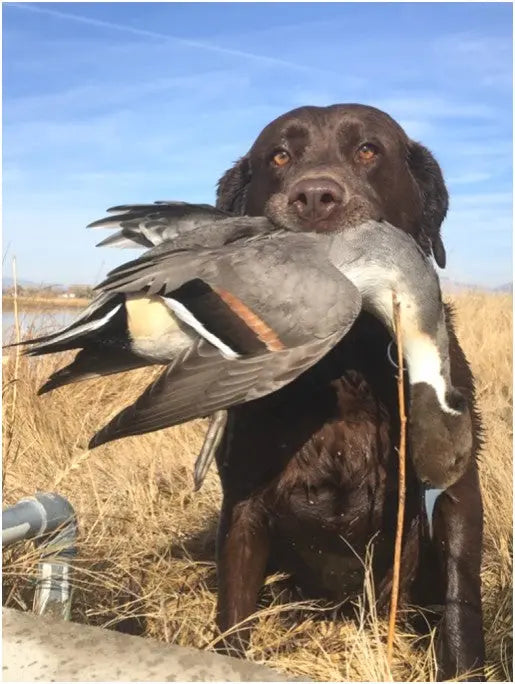Your Cart is Empty
free shipping on orders above $99
Menu
-
- Shop
- Product Support
- Media
- Product Registration
- About Us
-
- 1-877-245-9113
- Login
-
United States (USD $)

free shipping on orders above $99

Speed Dating for Ducks
June 16, 2021 3 min read
Greenheads are bachelors… and like most of you, at some point have made an effort to attract a partner! Ducks, not unlike the vast majority of species, are not monogamous. You have read endless articles about how and when to blow a duck call, the mechanics, but far too often we skip over the simplest concept.
Here’s why; duck calling stage routines are built like the perfect date in the marsh.
A stud drake appears in the distance and you want his attention. You bellow loudly for his attention… hey stud! He turns his eye your way…
Your perfectly placed decoy spreads hike’s up it’s well manicured carving detail. He approaches and you continue the enticement with the flashing of a spinner, a swimmer, a jerk string. You acknowledge his presence and invite him for a dinner party with friends…
You soon find yourself chattering about millet and a sego pond weed buffet. The table is set. He’s enticed but you notice the waning interest and he looks like he may hit the door…
But you don’t want to lose this one, he looks like a catch! You’ve soon found yourself groveling for his attention, please come back, please. The conversation turns quickly back to small talk and food. And in your most feminine voice, you say, I’ll even throw in corn, off the cob.
He glides back in the door, visions of a full belly. And a late night with the ladies, well, he’s on a string and his confidence is shining through… BAAAM!
His 2 minutes are up and you’re ready for a new date! Did you pay attention to the conversation?
- Hail Call
- Greeter/Feeder
- Comeback
- Greeter/Feeder
You’ve read through the basic duck call sounds and how to do them. You’ve even managed to read about when to use them, ducks at a distance, wingtips, he’s circled twice and looks like he may drift. But what is duck calling? A conversation between you and your favorite quarry.
The same basic principles of conversation and physical cues that your last date gave you, apply. Did they wink? Did they smile? We’re their arms crossed? Did they cut the date short after you told that last joke? Did you get a good night kiss at the door?
Did the ducks just give you a look and keep going? Did they not even bother to turn their head your way? Did they flare at 40 yards just like that last group? Did they start back peddling to land at 10 yards?
A call is an essential tool in our efforts to consistently harvest ducks. There is no substitution for learning like practice, in your car, your garage. Once you’ve gained some confidence and control, even in the field. Nobody shows up to a blind perfectly prepared for every situation which is why it’s important to understand the underlying “Why”?
Take a hail call, you’ve been told me how to do it and that you should use it when ducks are in the distance to get their attention. How do we get attention from someone far away? We yell. As ducks get closer, we back off and reduce our volume. Why? Because yelling is no longer a necessity.
Each sound that a call produces is meant to mimic a natural sound that our game makes and more often than not utilizing the same pitch/tone variations we experience in conversations every day. And with some basic observation you will start to notice the correlation to the physical actions as well. Having this knowledge & the ability to make changes on the fly will greatly improve your abilities in the field. And these same efforts can be used to help us understand ducks, whitetails, turkeys and elk.
So next time you’re sitting in the blind (or on that date this Friday), pay attention to each and every opportunity. They are never perfect and you need to adjust accordingly. It’s always a good time to brush up on your game…
About the author:
Lucas Davis, PMPBuck Gardner Calls, Advisory Staff
GetDucks.com, Pro Staff
Ducks Unlimited, Utah, State Council Chairman
Subscribe
Sign up to get the latest on sales, new releases and more …
